Authored by Ann Lorenzo
ISA Certified Arborist
Basano Contracting
Did you know that approximately 70% of the world’s population is projected to live in urban areas by 2050? As cities grow, the importance of sustainable urban green spaces becomes crucial. This article explores the urban arboriculture challenges we face and the strategies available to address these issues.
Overview of Urban Arboriculture Challenges
Defining Urban Arboriculture
Urban arboriculture is the cultivation, management, and study of trees and other woody plants in urban environments. This specialty aims to balance ecological needs and human development while ensuring that urban areas remain livable and sustainable.
Importance of Urban Trees
Urban trees significantly contribute to the health and aesthetic quality of city environments. They provide shade, improve air quality, reduce urban heat, and enhance mental well-being. However, the management of urban trees brings its own set of challenges.
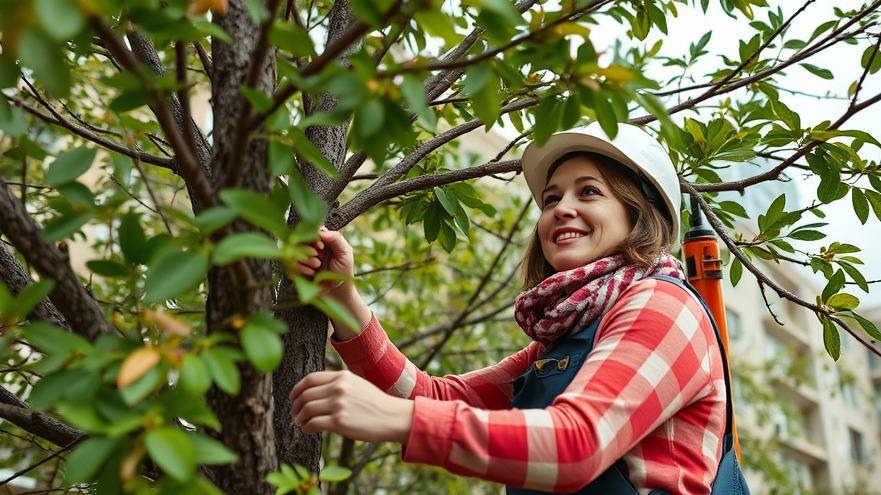
Key Challenges in Urban Arboriculture
Limited Space for Tree Growth
One of the most significant urban arboriculture challenges is space limitation. In densely populated areas, the available space for planting and growing trees is often restricted. This impacts the ability of trees to reach their full potential.
Public Perception of Trees
Public perception can often lead to trees being viewed as mere decorations rather than vital living organisms. Ann Lorenzo, an urban arborist at Basano Contracting, states, "The biggest challenge to me is tree care in the urban environment. We take a tree from a nursery and plant it in the city, and it survives." This statement highlights the need for better understanding and appreciation of trees.
Impact of Climate Change
Climate change poses another pressing challenge, impacting both the survival rates of urban trees and the diversity of species that can thrive in urban environments. Arborists must adapt their management practices to address these changing conditions.
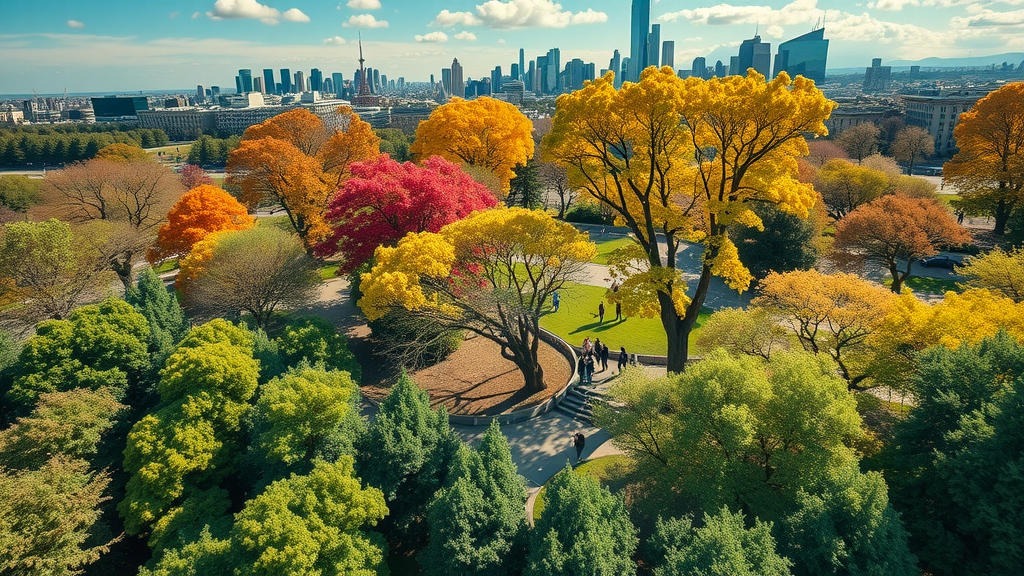
Best Practices for Urban Tree Management
Tree Planting Techniques
Optimal techniques for planting trees in urban areas include selecting native species, utilizing innovative root management strategies, and ensuring adequate spacing to promote their growth. Proper planting techniques are essential to minimizing stress during the early growth phase.
Tree Care and Maintenance
Caring for urban trees requires regular maintenance practices, including pruning, watering, and monitoring for pests and diseases. These activities are critical in promoting tree health and longevity.
Community Engagement and Education
Engaging local communities in tree care can foster appreciation and responsibility. Educational programs and volunteer events can serve to bridge the gap between urbanites and their urban forests.
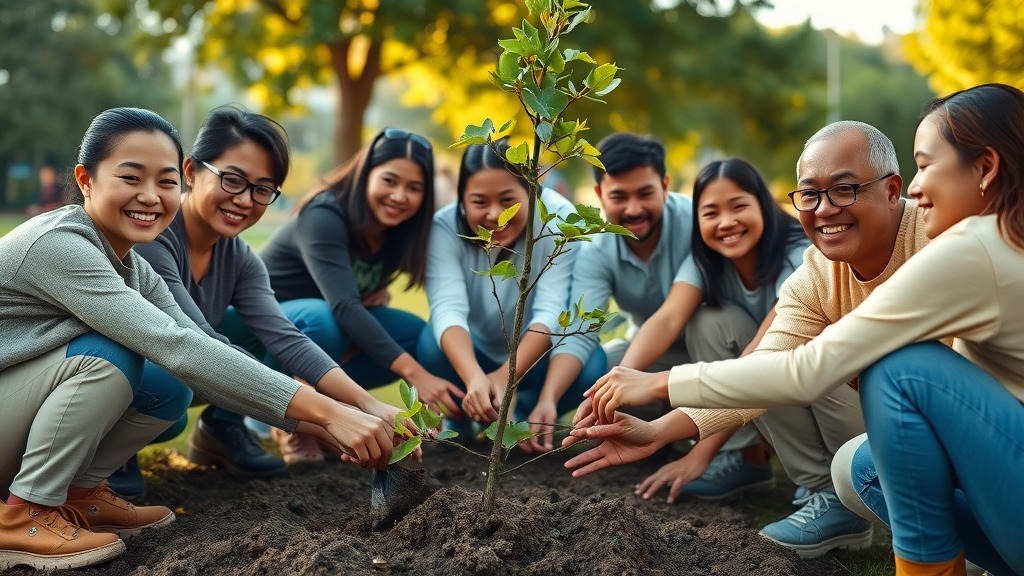
Expert Insights on Urban Arboriculture
Challenges Faced by Arborists
Urban arborists face numerous challenges, from navigating regulatory frameworks to securing funding for projects. Effective communication with community members is also vital to garner support for tree initiatives.
The Role of Arborists in Urban Areas
Arborists play a crucial role in sustaining urban ecosystems. Their expertise ensures that trees are effectively integrated into urban planning, aiding in the creation of balanced and sustainable environments.
The Benefits of Urban Trees
Environmental Benefits
Urban trees provide essential environmental benefits, including carbon sequestration, improved air quality, and enhanced biodiversity.
Social and Psychological Benefits
The social and psychological benefits of urban trees cannot be understated. Green urban spaces contribute to mental well-being, provide recreational opportunities, and enhance community cohesion.
Economic Benefits
From increasing property values to boosting local economies through tourism, urban trees play a key economic role in city landscapes.

Common Misconceptions About Urban Trees
Trees are Disposable
A common misconception is that trees can be easily replaced or that they are disposable. This mentality undermines the value of preserving and caring for existing trees.
Urban Trees Cannot Thrive
Another widespread misconception is that urban trees cannot thrive due to pollution and other city stresses. In reality, with proper care and management, urban trees can and do flourish.
Actionable Tips for Urban Tree Care
How to Care for Urban Trees
To nurture urban trees, residents should engage in regular watering, mulch application, and monitoring for pests. Community initiatives can also promote tree health.
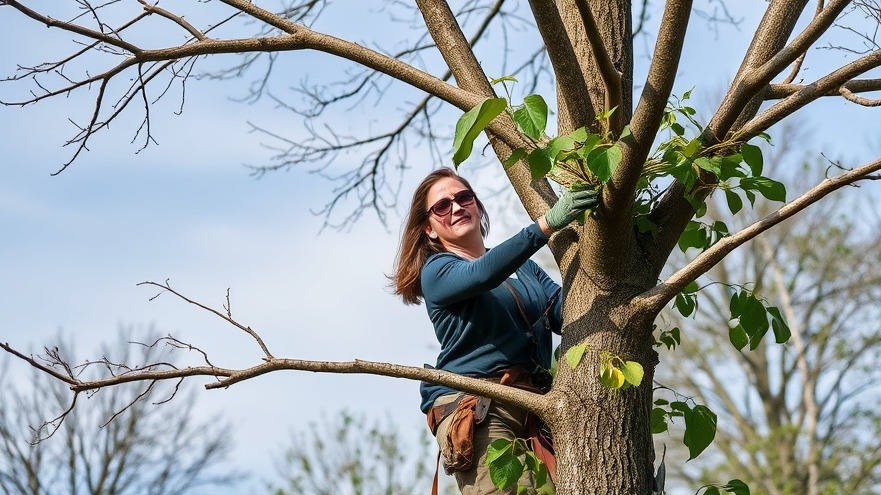
Engaging the Community in Tree Care
Creating volunteer opportunities for neighborhood residents not only aids in tree care but also builds stronger community bonds. Workshops can further encourage participation and educate others about proper care techniques.
People Also Ask
What are the problems with urban forestry?
Urban forestry faces issues related to space, funding, public perception, and the impacts of climate change.
What are the major issues and challenges in urban areas?
Key challenges include limited green spaces, pollution, and infrastructure development that constrains tree growth.
What is the 3 30 300 rule urban forestry?
This rule suggests that every person should have at least 3 trees within 30 feet of their home and at least 300 trees visible from their house.
What are the problems with trees in cities?
Problems often arise from environmental stressors, limited space for growth, and lack of public appreciation and care for trees.
Conclusion
Addressing the urban arboriculture challenges requires a collaborative approach among arborists, local governments, and communities. By recognizing the critical role trees play in urban spaces, we can pave the way for healthier, greener cities.
Join your community in supporting urban arboriculture initiatives. Participate in tree planting events, volunteer for maintenance activities, and advocate for sustainable practices in your neighborhood!
Questions? Ask Ann Lorenzo, a ISA Certified Arborist at Basano Contracting.
 Add Row
Add Row  Add
Add 


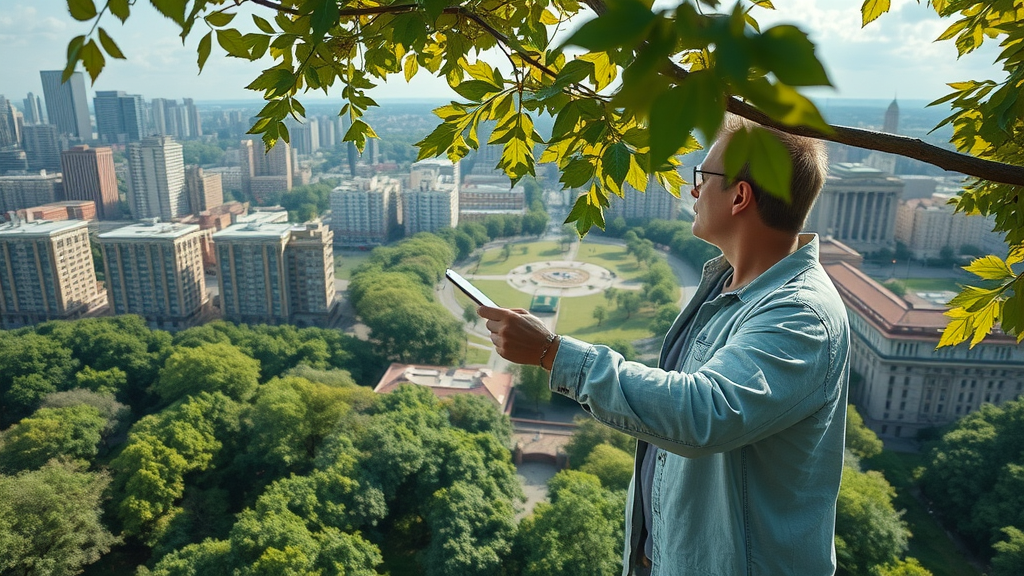

Write A Comment